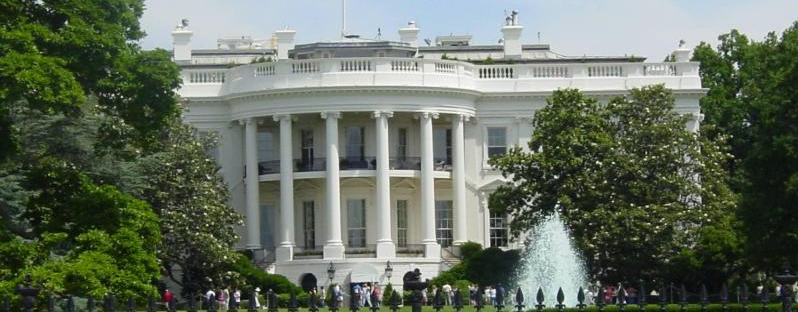DHS IG Gives Secret Service All Clear for 2014 Fence Jumper Incident 6 Days After Latest Fence Jumper
On March 10, Jonathan Tran jumped three White House fences and managed to rattle the door of the White House before he was arrested.
To enter the south lawn of the White House, the intruder jumped three separate fences: A 5-foot perimeter fence near the Treasury Building, an 8-foot vehicle gate and another 3 ½-foot fence near the East Wing.
A new Secret Service timeline of the incident revealed the fence jumper scaled the first barrier at about 11:21 p.m. on March 10 — and wasn’t arrested until 11:38 p.m.
The Washington Metropolitan Police Department identified the man as Jonathan Tran, 26, of Milpitas, Calif. He is charged with entering or remaining in restricted grounds while using or carrying a dangerous weapon.
Six days later, Department of Homeland Security’s Inspector General finalized a report titled, The Secret Service Has Taken Action to Address the Classified Recommendations of the Protective Mission Panel. It reads, in part,
Following the September 19, 2014 White House fence jumping incident, the Secretary of Homeland Security established the Protective Mission Panel (PMP) to undertake a broad independent review of the Secret Service’s protection for the White House Complex (WHC). In addition to recommendations made in an unclassified report, the PMP made a number of recommendations in its December 2014 classified report.
As directed by Congress in the Consolidated Appropriations Act, 2016, we reviewed the Secret Service’s actions to address the PMP’s classified recommendations. The PMP’s classified recommendations primarily relate to security gaps and vulnerabilities at the WHC. We reviewed changes made by the Secret Service to equipment, technology, and operations in response to these recommendations.
The Secret Service has taken action to address the PMP’s classified recommendations by using funding appropriated for PMP initiatives to begin enhancing security and refreshing technology at the WHC. As in our unclassified report, we concluded that fully implementing many of the recommendations will depend on staff increases, sustained funding, and a multi-year commitment by Secret Service and Department leadership to ensure actions continue even during times of increased protective mission demands and unexpected priorities.
Admittedly, USSS is facing increasing strain now with the challenges of protecting President Trump’s weekend golf jaunts and Melania’s NYC tower dwelling. But this is pretty embarrassing timing.





It just gets worse. A woman has been arrested for jumping the fences three times in a week. On at least one of those times she had in her possession a “stay away” order from a previous arrest and a map of the area she was supposed to stay away from. http://www.nbcwashington.com/news/local/White-House-Fence-Jumper-Arrested-for-Third-Time-in-a-Week-417128813.html
It seemed likely that when the White House Police (aka Uniformed SS) and SS performance got worse after 2009 the cause was racism. However, that doesn’t seem to be it. Failure of leadership has resulted in multiple changes at the top. Reduced budgets and the consequent strain on staffing compound their problems. The transition from being an independent agency to lost in the maze of DHS hasn’t helped.